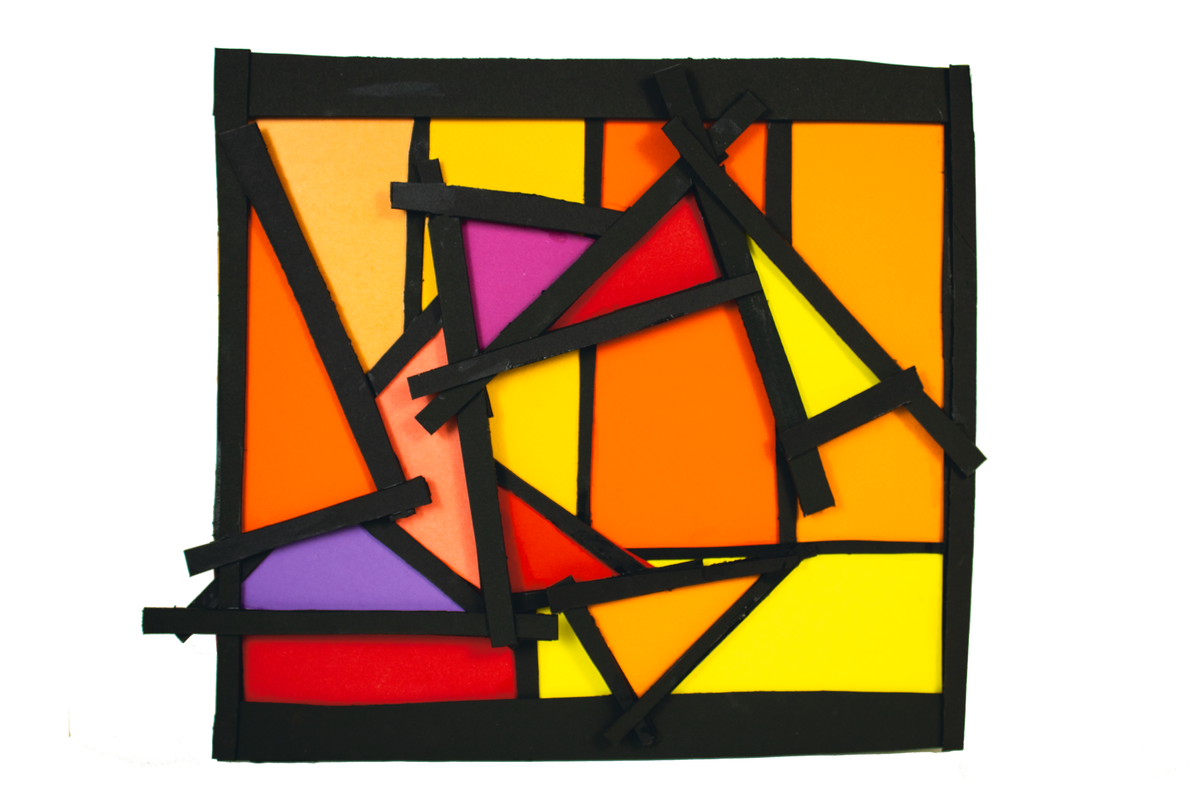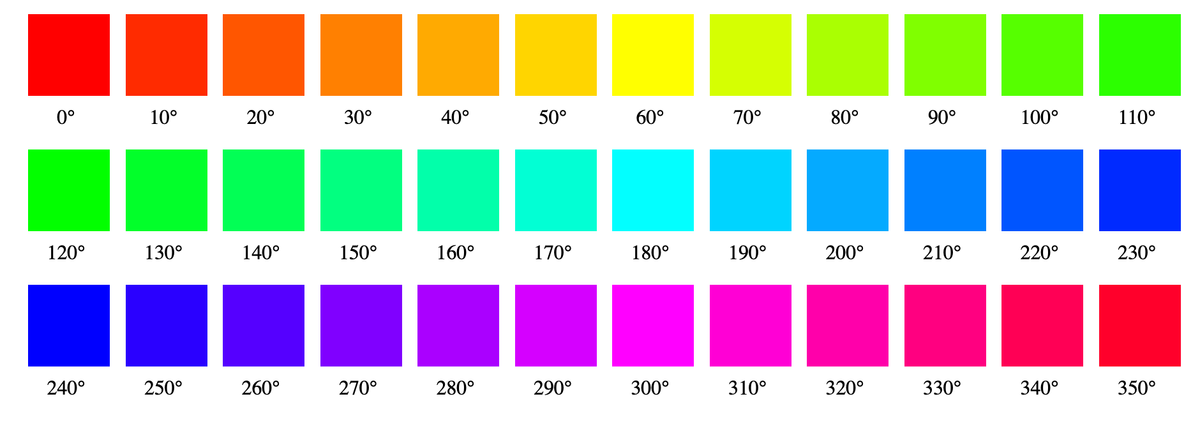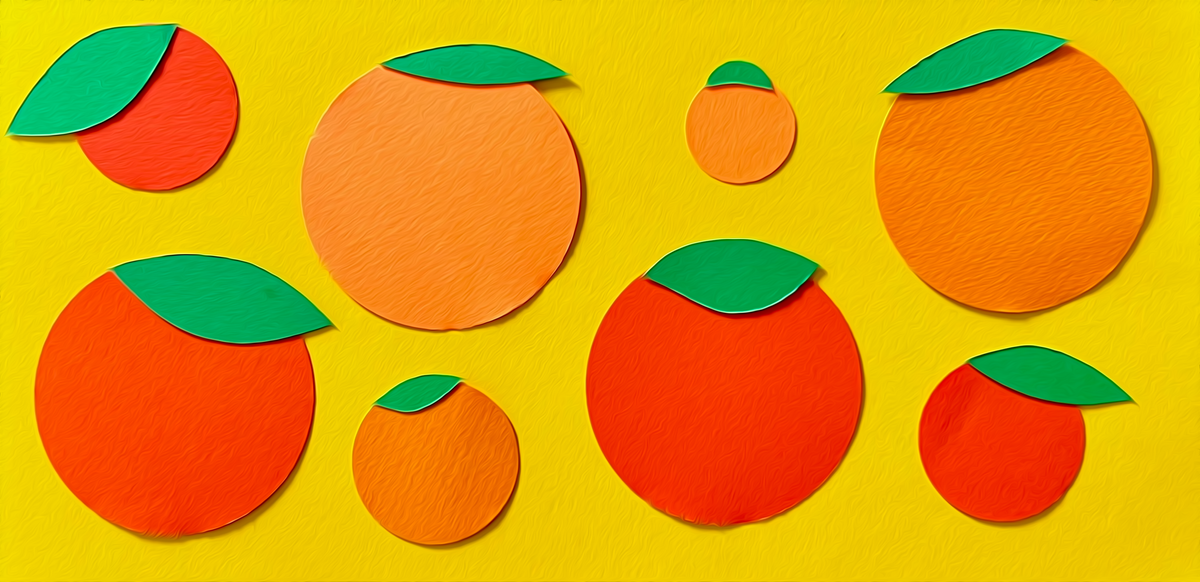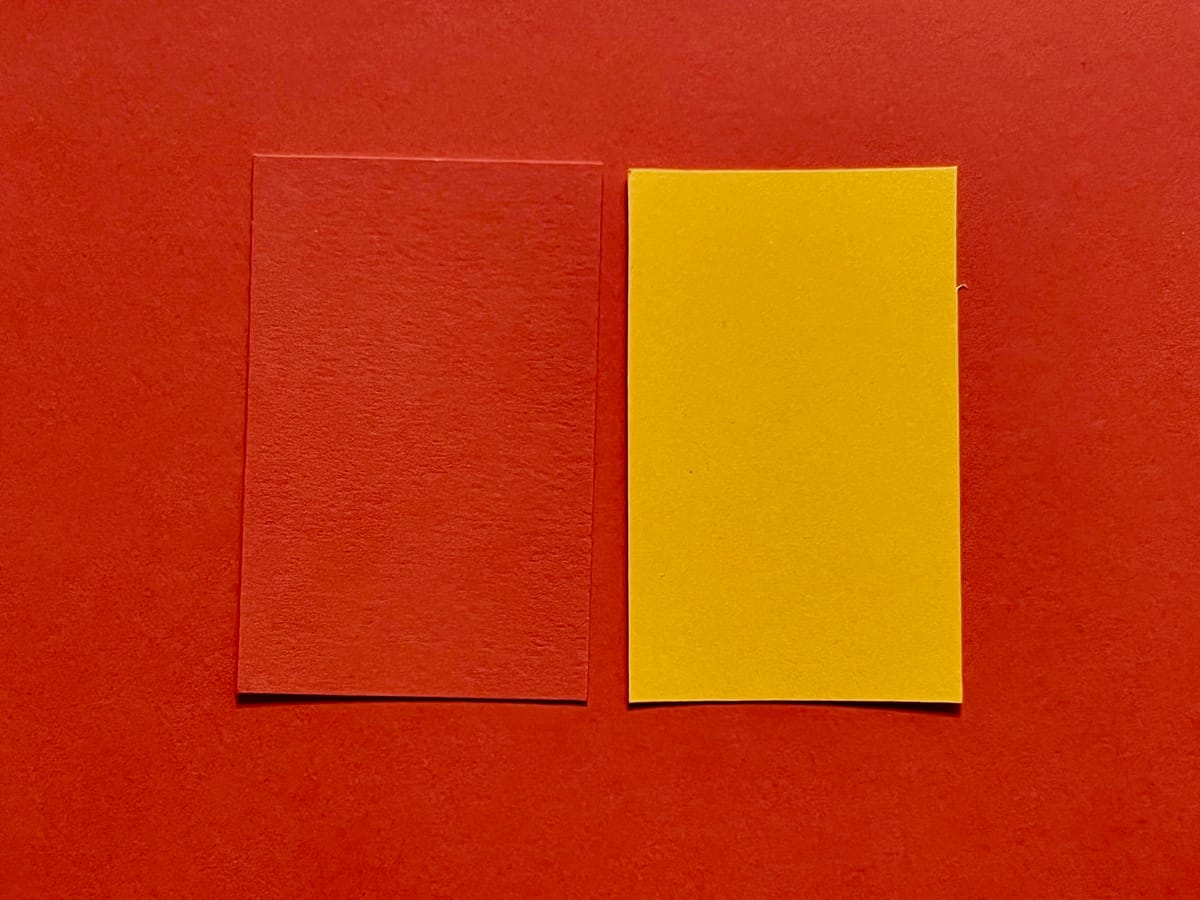Color Myths (Debunked)
Debunked myths, truths, and interesting facts I learned during the course of my Colorphilia Research.
Myth: The ancient Greeks didn't see the color blue.
Truth: The myth is based on the misunderstanding of a phrase in Homer.
More Interesting Fact: Red wine did not exist in the ancient world.

Myth: The Dutch created orange carrots in order to honor the House of Orange.
Truth: There is proof of orange carrots in Dutch art before 1580.
More Interesting Fact: Before the color wheel, what we would describe as the color orange, was referred to as "golden".

Myth: There are seven colors in the rainbow, ROY G. BIV (Red, Orange, Yellow, Green, Blue, Indigo, Violet.
Truth: ROY G. BIV is based on a misunderstanding of Sir Isaac Newton's Optics and his desire to connect it with the 7 notes in an octave, and even then, was referring to colors in the spectrum of refracted light.
More Interesting Fact: There is a relationship between the chromatic scales in music and color.

Myth: Tekhelet, or the biblical blue, was harvested from snails.
Truth: The biblical blue was the product of a plant-based dye.
More Fascinating Fact: Medieval rabbis believed tekhelet to be green, not blue.

Myth: Bah Bah Black Sheep was written in response to an 18th century wool tax.
Truth: Bah Bah Black Sheep was a poorly translated poem by William Caxton, the first printer in England (15th century).
More Interesting Fact: Bah Bah Black Sheep was originally about a yearly tribute of wool to Mars, Venus, and Cupid.

Myth: Tangerines were named as such because they were imported from the port of Tangier.
Interesting Truth: Tangerine is based on an Old Tupi (language of indigenous Brazilians) word meaning "Tree with Red Fruit".
Additional Interesting Fact: The mandarin orange's Chinese name was based on the word for cinnabar, a highly valued reddish-orange pigment.

Myth: Various indigenous tribes around the world believed that photographs steal your soul.
Truth: The western world believes photographs steal your soul.
More Interesting Fact: US law believes that there is an intangible essence related to each human, and the word "soul" is as good as any to use to describe it.

Statement: "Orange" comes from the same Arabic root as "naranja".
Truth: While the word "orange" is a nod to the same Arabic root of "naranja", the specific word was chosen to relate to "golden apple (pomme d'orange)"
More Interesting Fact: When the word "orange" was invented, they knew of a history of golden apples, and mistakenly thought the word "nerantzium" was the Ancient Greek word for "orange". This was due to it being a translation from Arabic to Hebrew to Latin.









